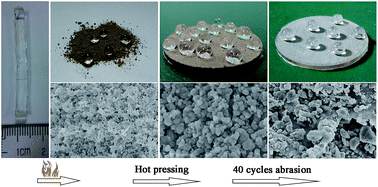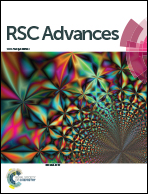Stable superhydrophobic surface based on silicone combustion product
Abstract
Discarded silicone products can be recycled to prepare superhydrophobic powder by simply burning and smashing. The powder can be used to fabricate a superhydrophobic surface with mechanical durability such that the superhydrophobicity was kept after 50 abrasion cycles. A robust electroconductive superhydrophobic surface can also be obtained by this simple method.


 Please wait while we load your content...
Please wait while we load your content...